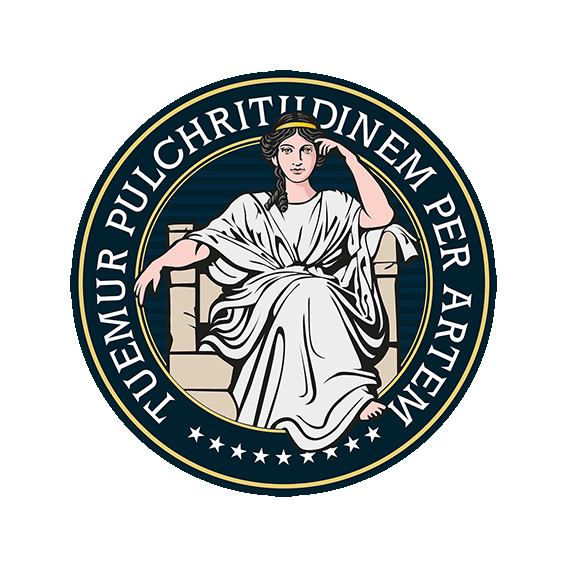How can the visual, musical and performing arts help to solve this problem through education?

Visual and musical arts are manifestations as old as the human race and play an important role in the development of learning, intensifying and enhancing the growth of cognitive, emotional and psychomotor pathways in education.
Nowadays, more and more children are being diagnosed with various learning problems and disorders, and one of the most commonly diagnosed in recent years is ADHD (attention deficit hyperactivity disorder). ADHD is evidenced in children as inattention, distractibility, difficulty in focusing attention, hyperactivity and impulsivity, generating problems in their socialisation and learning. Our role around the arts, it leads us to ask, how can the visual, musical and performing arts help to solve this problem through education?


Numerous studies and interventions programmed for children with ADHD suggest applying the interdisciplinary nature of these subjects in educational institutions and art centres: art therapy, music, dance and corporal expression. All of them have a profound effect on the development of learning and on the improvement of behavioural variables of ADHD, with benefits such as improved attention problems, self-concept, creativity, emotional well-being and behavioural problems.
Promoting activities such as painting, drawing, sculpture, listening to songs, using musical instruments, making melodies, dancing, acting, visits to exhibitions and museums, visits to concerts, orchestras, operas, theatres… benefits are obtained such as optimising memory, regulating stress and promoting tranquillity, which generates concentration and relaxation, resolves the condition of constant mobility and nervousness, improves attention, and develops creativity. And all this, in turn, favours social and cultural inclusion.




